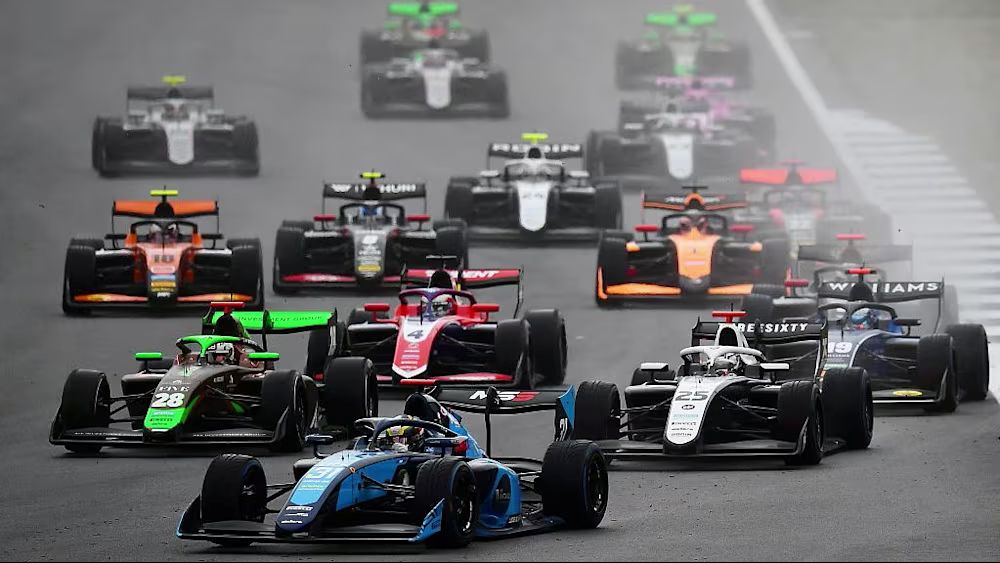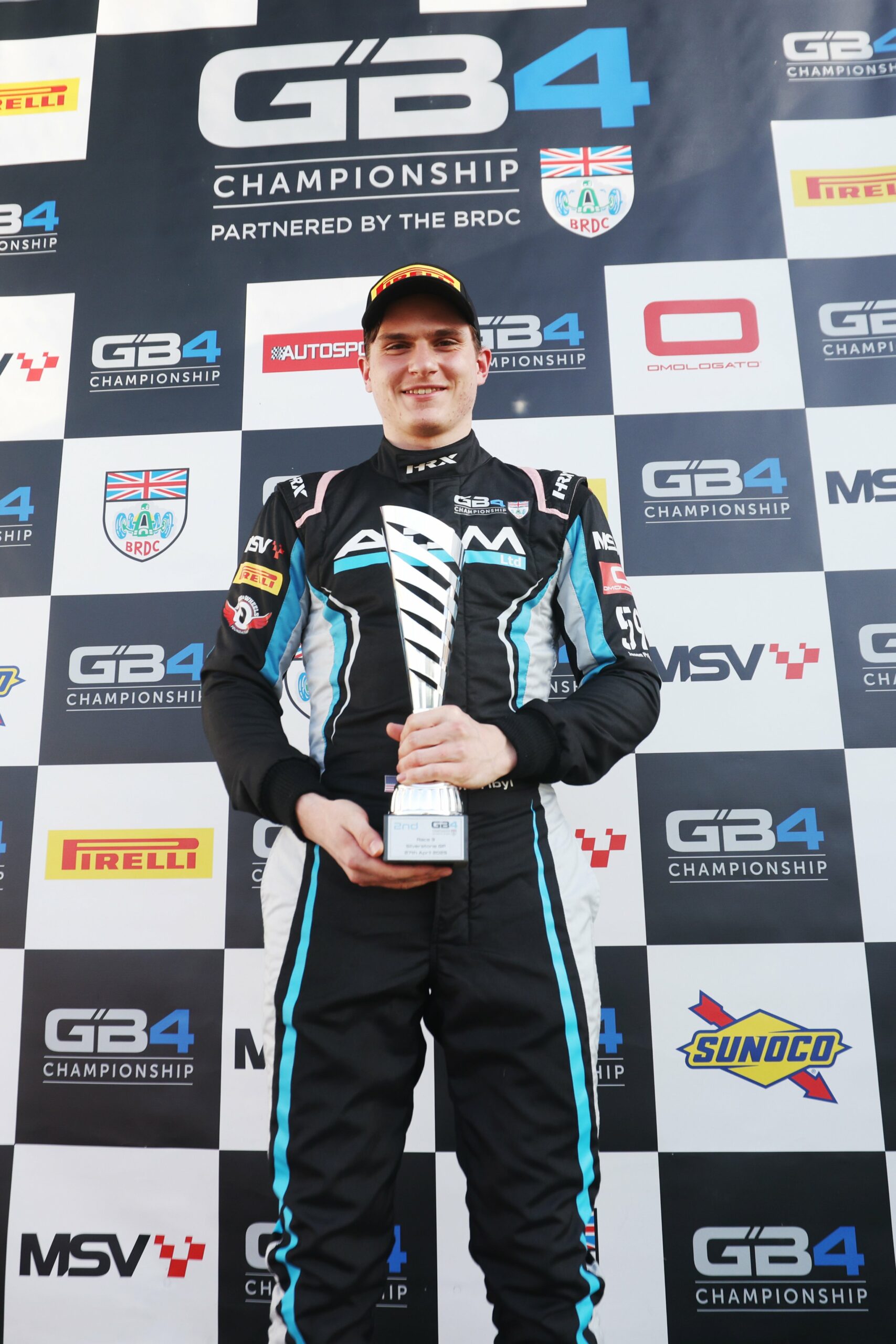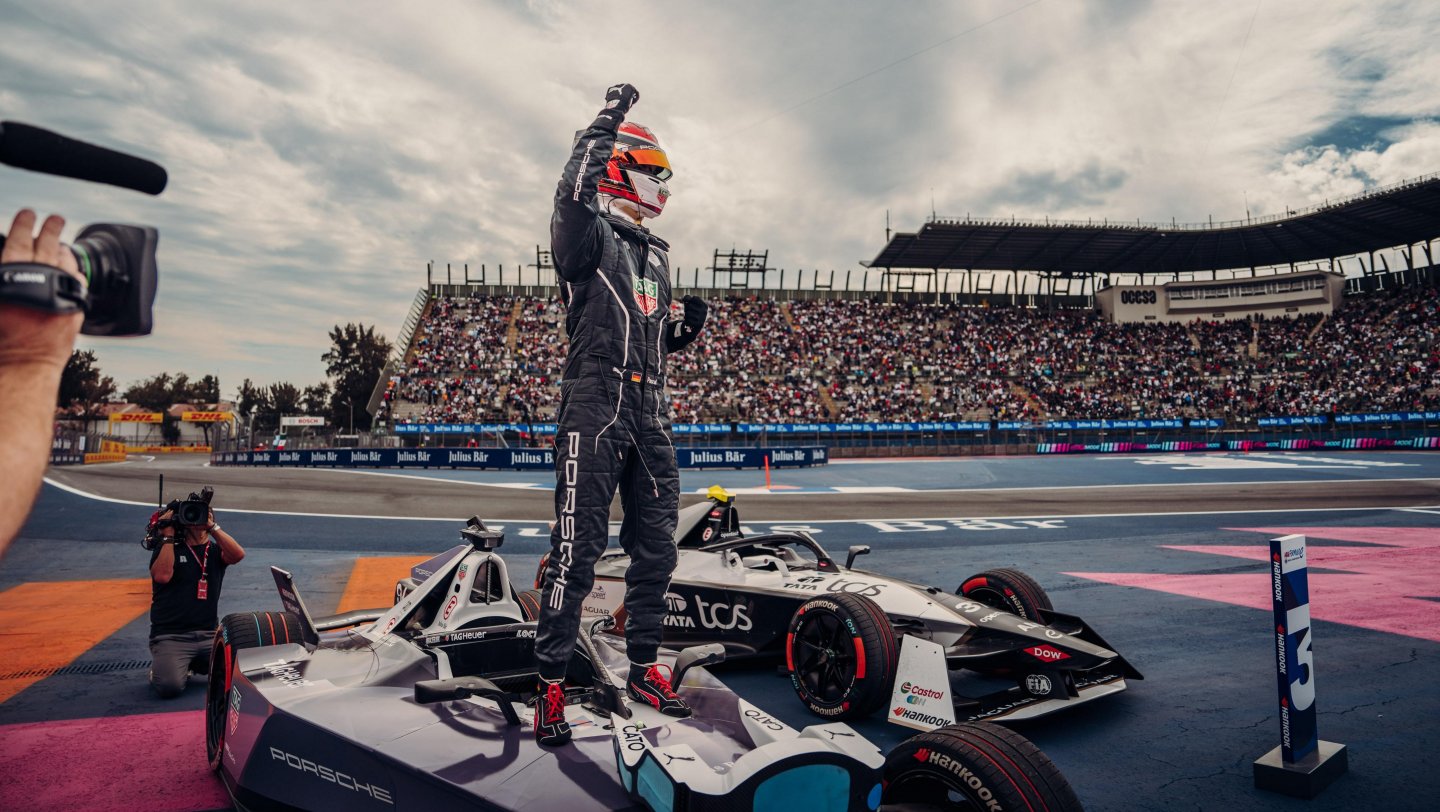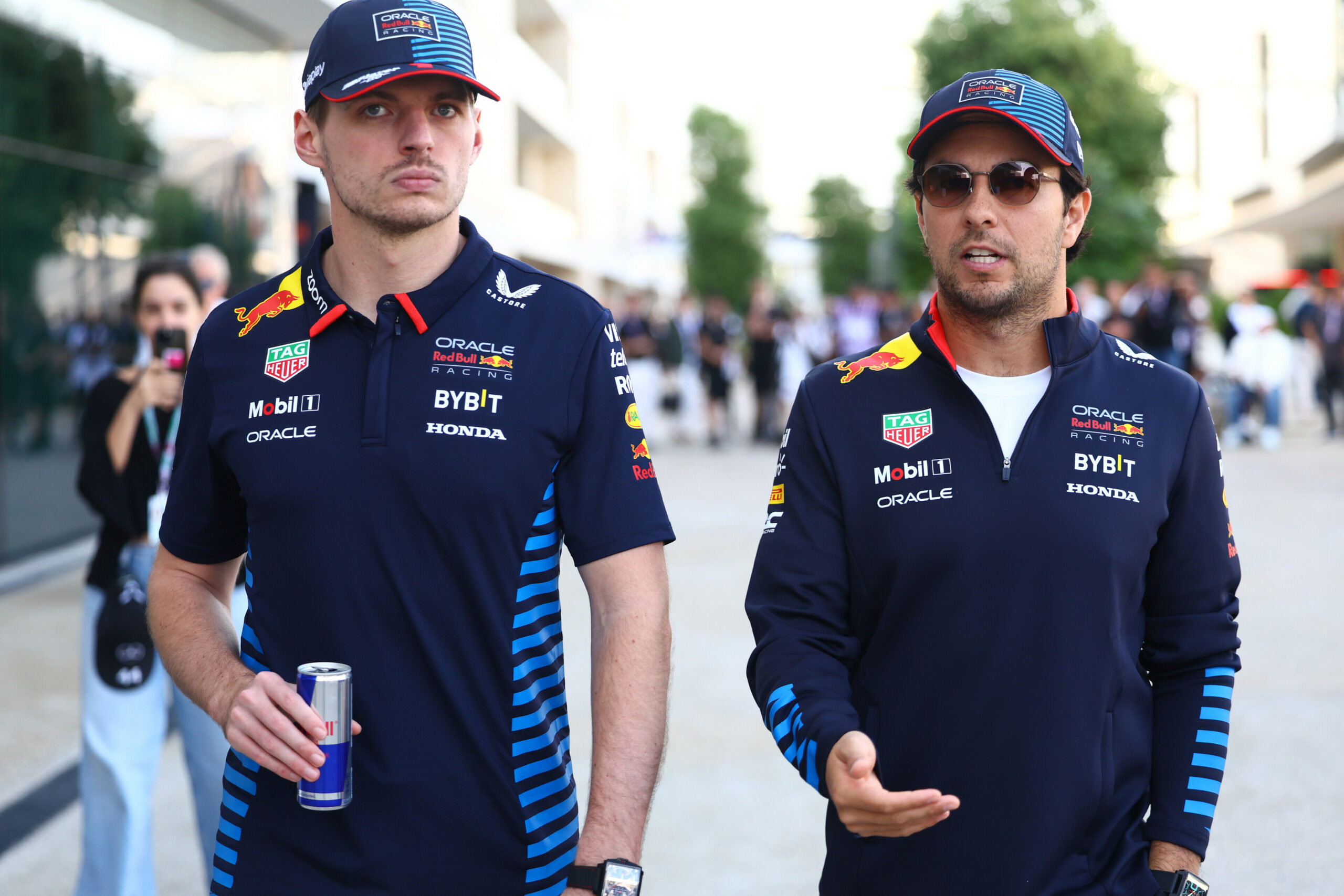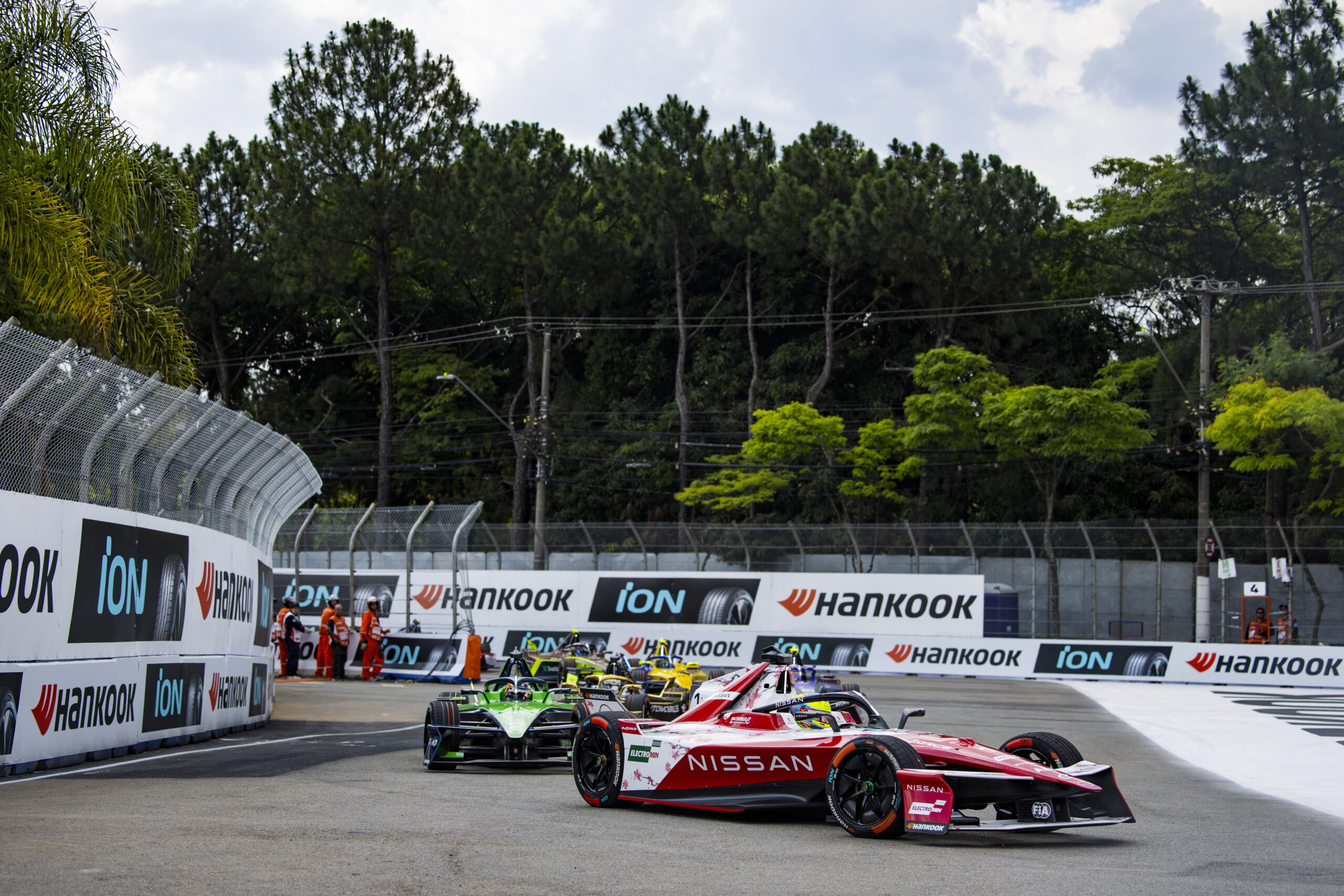Each FIA Formula 3 season sees Trident and Van Amersfoort Racing—two of the F3 championship’s most prominent teams—play a crucial role in guiding rookie drivers through one of the most demanding transitions in junior single-seater racing. Drivers arriving from Formula 4 or regional categories face an intense learning curve as they adapt to the technical complexity, procedural rigour, and competitive pressure that define F3.
This leap is not merely a step up in speed or car performance. F3 demands a shift in mentality, professionalism, and precision. The compact format of race weekends, limited track time, and increased strategic demands can quickly expose any weaknesses in a young driver’s approach. Teams must therefore act as both performance engineers and educators—fine-tuning racecraft while instilling the mental resilience and procedural discipline required to succeed.
Trident and Van Amersfoort Racing approach this challenge with well-structured development systems, rooted in simulator training, early team integration, and mindset coaching. Their insights offer a behind-the-scenes look at how top teams mould raw talent into complete racing drivers—ones capable not just of competing, but of building long-term careers in motorsport’s upper echelons.
Trident: Building a strong foundation early
At Trident, Team Manager Giacomo Ricci takes a methodical approach to onboarding new drivers. For Ricci, the scale of adjustment a driver faces depends largely on where they are coming from. While speaking to the media, including Pit Debrief, Ricci said, “Well, first of all, it depends on which category the driver starts, I have to say, and where he is coming from. In my opinion, the jump from Formula 4 to Formula 3 FIA is a very, very big jump. While, let us say, from [Formula] Regional, Eurocup-3 or whatever, the jump is a little bit smaller in terms of difference between the two cars.”
Ricci’s assessment speaks to the inherent complexity of an F3 car compared to an F4 machine. F3 cars have more downforce, increased braking capability, and more refined setups. The physical challenge is also greater, with higher g-forces and longer races. On top of this, F3 drivers must become quickly familiar with strict race procedures, parc fermé conditions, and detailed technical regulations.
The importance of simulator work
To prepare drivers, Trident introduces simulator work early in the process. Far from being a basic training tool, the simulator serves as a diagnostic platform and an instructional aid. It allows engineers and coaches to evaluate fundamentals and identify any immediate technical gaps.
“We are organising several days on the simulator in order to coach them and teach them how to drive the car and the basics. Okay, we can recognise also immediately if the driver, that is just an example, he can reach the right pressure with the brake and these kinds of things. We can understand even from the sim session if the basics are right and we can really coach them.”
The importance of an early introduction
This level of detailed evaluation gives Trident a strong foundation to build upon. Once a driver’s technical baseline is clear, the team begins to focus on integration and deeper coaching. Ricci explained that involving the driver with the team as early as possible helps establish trust and alignment before the first green flag of the season.
“We try to involve him in the team as soon as possible, even starting from the year before. We add in the window that is allowed some private testing and of course, we try to do, let us say, lessons, really deep looking at details and then we are trying always to pick up the best time possible that we believe that are on the market available for us.”
The combination of early simulator work, private testing, and detailed lessons allows Trident to refine a driver’s approach across both performance and race preparation. Their structured environment reduces the risk of costly rookie mistakes and ensures drivers are as ready as possible to meet the demands of the season head-on.
Van Amersfoort: Eliminating mistakes and teaching adaptability
At Van Amersfoort Racing, Team Principal Brad Joyce shares a similar philosophy. Having joined the team in late 2024 with extensive experience in Formula 1 and junior categories, Joyce recognises that driver preparation is far from a one-size-fits-all solution. The team tailors its support based on the experience, background, and learning style of each individual driver.
“It is very similar actually and it really depends on the experience of the driver. So that plays such a factor in there and how far in their experience they are.”
Like Trident, Van Amersfoort Racing combines simulator sessions and testing as the backbone of its development model. However, Joyce places special emphasis on the procedural and psychological aspects of adaptation. For him, success in F3 is just as dependent on mindset and error elimination as it is on raw speed.
“A combination of testing and simulator work and then when you get to FIA F3, there is quite a lot more involved in procedures and the regulations and things like that that they have to be aware of that a driver can potentially make mistakes.”
A new approach to racing for many rookies
Joyce notes that many rookies enter F3 having grown used to long testing windows before each race event. In F3, that luxury vanishes. Drivers must quickly adjust to a compact schedule where a single session determines whether their weekend begins with momentum—or misfortune.
“There is a lot of work in eliminating silly mistakes and also on how they approach a race weekend so that they get the most out of it because a lot of drivers are used to a lot of testing prior to their racing and Formula 3, you do not get that before a race weekend. So you have got just the one session, then it is qualifying. So there is a different approach to what they have been used to in some of the feeder series.”
Through carefully structured sim work, Joyce and his engineering team teach drivers to maximise the limited track time they receive. More than just memorising circuits, drivers must learn how to analyse their data quickly, communicate effectively with engineers, and make confident setup decisions under pressure. This sharp learning curve is central to Joyce’s vision of driver development.
Developing tomorrow’s talent
FIA Formula 3 represents more than just a competitive battleground—it acts as a proving ground for those hoping to reach the top tiers of motorsport. Many of today’s racing stars cut their teeth in F3, where the combination of technical challenge, grid depth, and intense schedule makes success particularly meaningful.
The step from junior categories to F3 is not merely about speed. It demands a complete transformation in the way a driver prepares, executes, and recovers from each session. Success at this level hinges on three core pillars: technical readiness, mental resilience, and operational discipline.
At Trident, Giacomo Ricci’s programme is rooted in strong fundamentals. By introducing drivers to simulator work early, evaluating their mechanical habits, and involving them with the team long before the first round, Trident sets their rookies up for success. Meanwhile, Van Amersfoort Racing, under Brad Joyce’s leadership, complements this with an equally thorough focus on adaptability. Joyce’s emphasis on race weekend efficiency, mistake avoidance, and procedural awareness ensures that drivers can perform under time pressure—a vital skill not just in F3, but in any professional racing series.
Together, both teams offer a blueprint for developing tomorrow’s stars. Their support systems do more than polish talent; they build professionals who can handle setbacks, seize opportunities, and deliver when it counts. In a sport defined by margins, that preparation can be the difference between a career breakthrough and a missed opportunity.
As F3 continues to grow in stature, the role of teams in shaping drivers has never been more important. In the garages of Trident and Van Amersfoort Racing, the next generation of elite drivers are not just being coached—they are being built.

